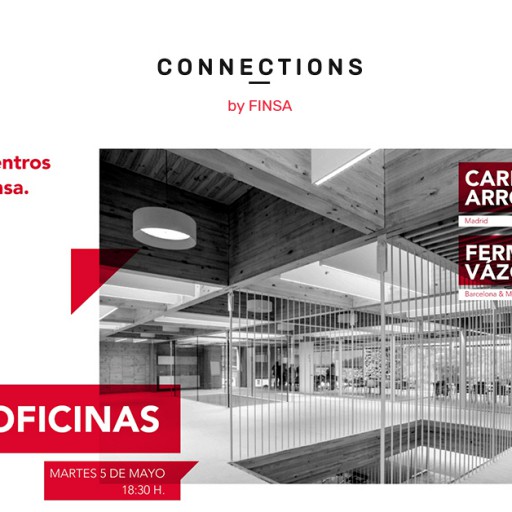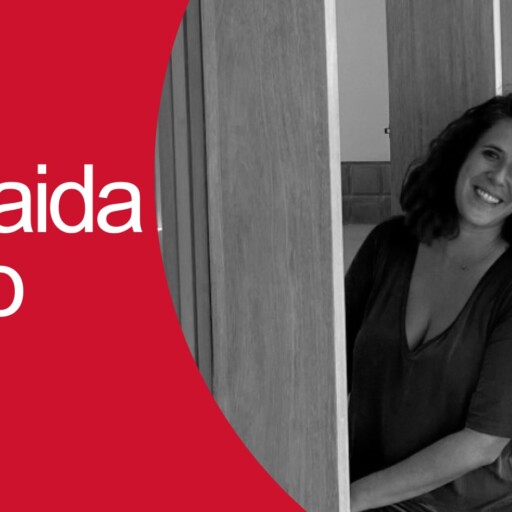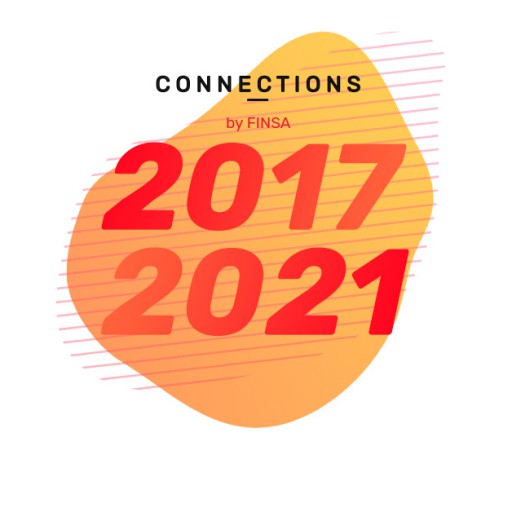New technology has become a key resource in efforts to look after the planet, and smart cities are fast becoming future of urban areas. Within cities, buildings consume a high percentage of energy, which is why smart buildings are becoming more and more important. Want to know how they work? We spoke about the benefits of these buildings and future trends Alfred Batet, head of Corporate Strategy Business Development at Simon.
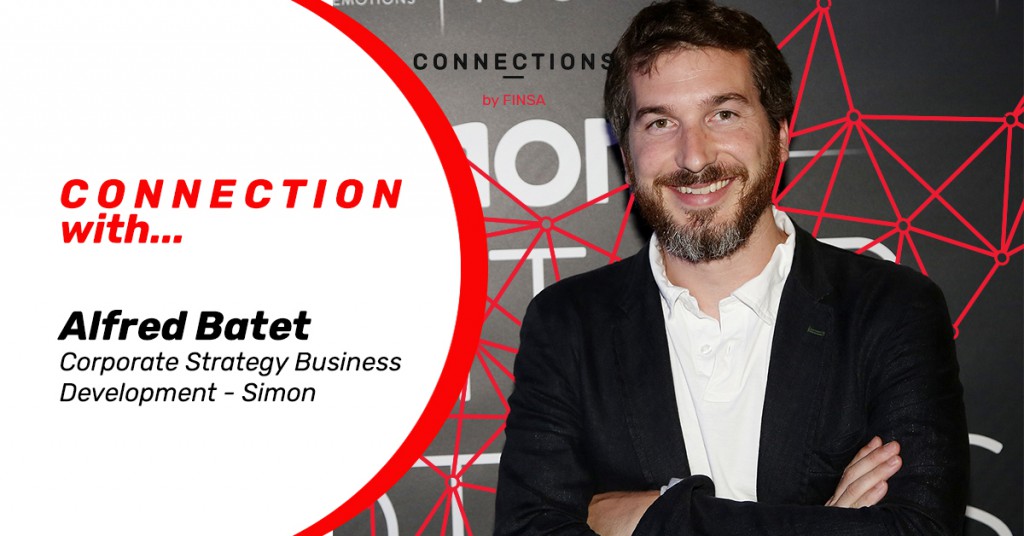
What is a smart building and what requirements do they have to fulfil?
Smart buildings have facilities with automated systems that control different functions. The goal of this type of construction is to make people using the people significantly more comfortable, as well as improve energy efficiency, usability, security, and environmental impact.
That’s why they must have automated systems to help save energy and water. They should also be built using recyclable materials that are designed to reduce their impact on the health of the users as well as on the surrounding area.
What are the benefits of this type of building?
One of the many benefits is that these buildings are self-sufficient in terms of energy, meaning they generate their own energy and save resources by adapting to the needs of their users.
The buildings are more sustainable and are digitally connected to their surroundings, which means they can gather an infinite amount of data that helps optimise energy consumption. The most important thing is that smart buildings are designed to make the life easier for their users, and improve their health and wellbeing.
Ver esta publicación en Instagram
Which systems or features can be automated?
Almost any type of system or feature can be automated in order to control how a building functions: lighting, heating, air conditioning, ventilation, access control, audio-visual automation, fire detection, security, and more.
Security is where we will see the most changes in the future. Smart camaras and new types of advanced sensors already exist. Integrating less intrusive and more reliable sensors alongside artificial intelligence in order to anticipate certain situations will help security evolve and take it a step further from where we are at the moment.
Simon specialises in lighting. How can automation be applied to these systems and what effect does it have?
Lighting was one of the first features to be digitalised with the introduction of LED technology. This means there is now a whole range of possible applications, the purpose of which is not just to make spaces more efficient and sustainable, but also to make them healthier and safer, as well as more welcoming and personal. Lighting impacts people’s wellbeing, staff productivity, concentration, mood, and more.
Improving wellbeing perhaps is not one of the more obvious benefits of smart buildings…
The functional side of things is clear. Managing the lighting in a more comfortable and convenient way, or using a lighting assistant, for example. The practical side of things and efficiency have already become normalised. The potential lies in the fact that the same is not true for the impact that lighting can have on people. For example, the right light can help a sick person recover better.
When it comes to productivity, we know that warm lighting can improve relaxation, but cool-toned lighting greatly improves concentration. It’s not just about functionality. Let’s stop thinking about the practical and functional applications of lighting only, and start thinking about how people feel, work, or recover.
The idea is to move past functionality or just making something more efficient. We focus on the person who works or lives in the space and making sure they feel better. That’s where the magic is.
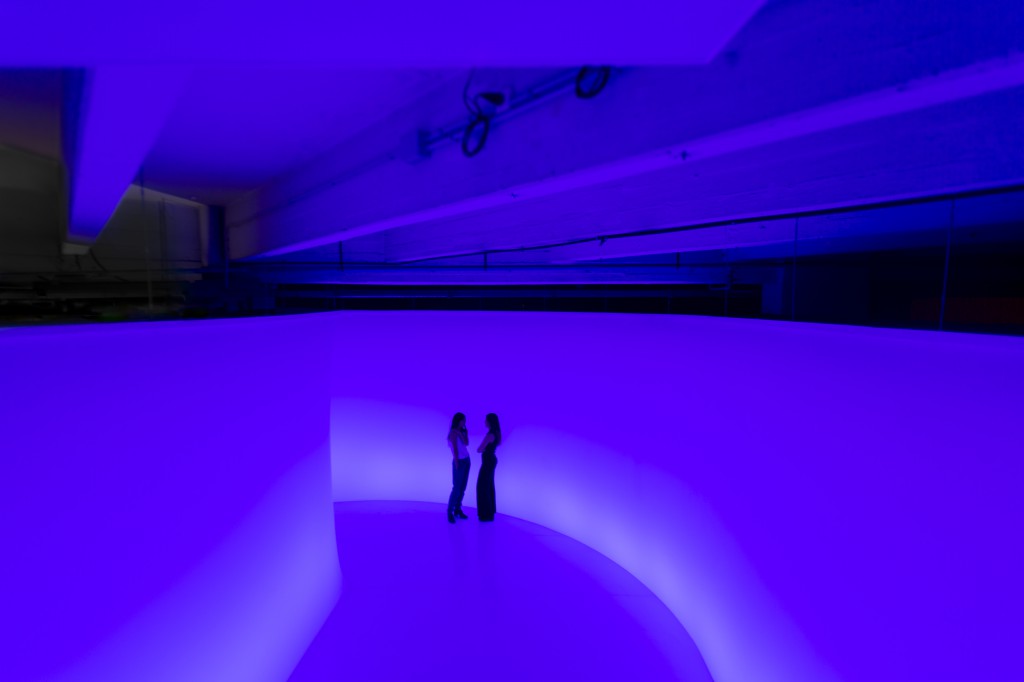
You also highlighted energy efficiency as one of the objectives of smart buildings, in which heating and air conditioning systems are key. How can we improve them using new technology?
Heating and air conditioning systems consume a lot of energy and therefore have the greatest impact on activities and the economy each day. The good news is that these systems are becoming more and more efficient, and there are now myriad new options and technologies available.
An example of a simple change that has a huge impact is the digital thermostat. Changing from traditional thermostats to digital ones means that the user can program and adapt them depending on use, including controlling it from anywhere at anytime to ensure more responsible energy consumption.
Is there an increasing demand for these types of buildings and smart systems? Is it necessary to educate the public?
Demand for this type of building is definitely growing and, over the next few years, the increase will be exponential.
Even though people are learning more about these types of structures, getting the word out is incredibly important so that people understand the advantages, some of which are not common knowledge amongst the general public.
What are people asking Simon for and why?
We get asked for applications that provide a good return on investment, meaning those that control blinds, heating and air conditioning, lighting, and turning off appliances in certain spaces. These applications are the stars of the show at the moment, thanks to the return on investment and the impact that it has on those that live or work in the space.
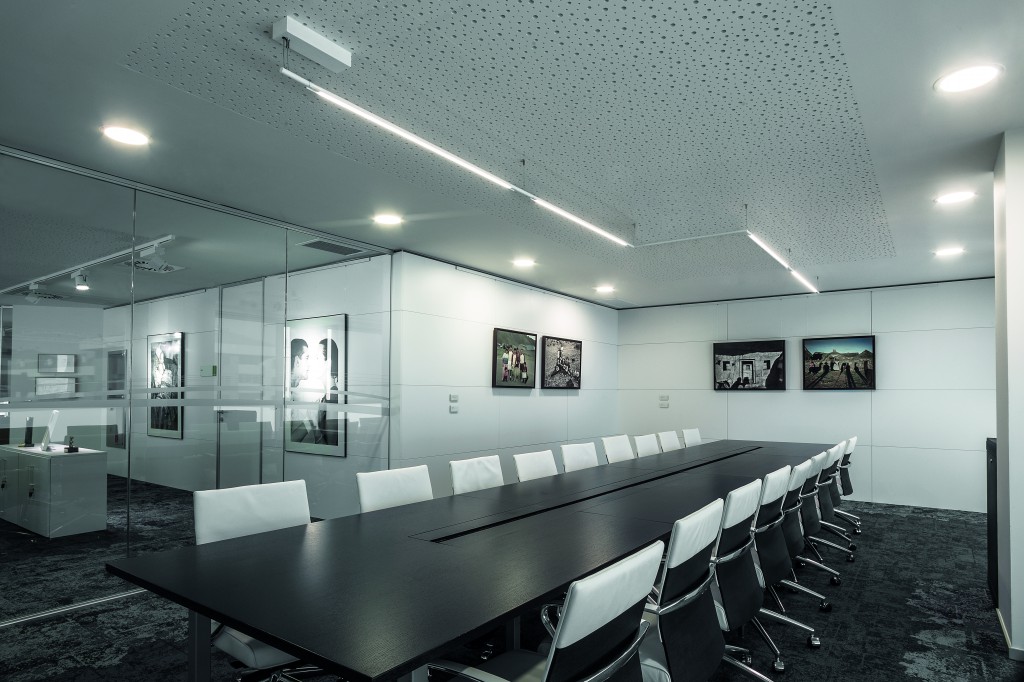
Doesn’t this hyperconnectivity mean we are sacrificing our privacy? How can ensure that we are safe?
While there are advantages, there are other aspects that we need to keep in mind, including security and privacy. People are more aware of that now and it is very important to us, too. Previously, making a conventional switch was a completely mechanic process. You made it, you sold it, and that was it. Now, when we launch a smart product, there is a system behind it, or an app, for example. The concept and product development are different, and there is also the added issue of security and privacy.
At Simon, we make sure that we include every possible security and privacy precaution possible. It’s something that digitalisation companies have to take very seriously.
We, all of us, are more and more exposed, and that’s just reality. Every brand and company must decide on the role that they want to play.
Simon puts a lot of effort into product design. Are tech and aesthetics compatible?
Yes, and actually it’s one of our main focuses. We live in a world where many applications have a very industrial background and that means that the end user often finds it tedious to interact with them, or that they don’t really fit their true needs. Design has also been secondary to technology and functionality.
At Simon, we understand that technology is a tool that should facilitate the use of, interaction with, and the performance of a product, and that this should always be supported by good design.
Good design isn’t just about aesthetics. It involves thinking about the context of use, the problem it should solve, and how it should solve it, so that whoever uses it, installs it, or controls it has a truly positive experience.
Ver esta publicación en Instagram
Newly constructed buildings include new technology, but is it possible to transform old housing stock into smart housing?
Definitely. There are so many solutions based on wireless communication and IoT technology that make such transformations easier. They allow the original building to co-exist [with new features] without having to make big updates or changes to the space.
Technology is evolving at breakneck speed. What do you think is next for your field?
It really does feel like the Earth is turning faster. Right now, there is a trend of meeting needs and, in order to achieve this, knowledge, and developments are being exchanged across different sectors. The goal is to provide solutions to everyday problems in a simpler, more transparent, and more impactful way.
These solutions are more focused on people and not so much on the technology itself. They have been developed in a more collaborative way, they help us with our daily routines effectively and proactively, they integrate well with the different elements that make up different spaces, and they require participation in addition to creating new experiences.
Ultimately, I think that spaces are going to more human, more sustainable, and more collaborative, and that there will be a fusion of cities and buildings that will help improve cities on the whole. This fusion of buildings with urban areas will create new services and uses for the people.
You mentioned collaboration. Simon participated in the REDBUILD roundtable discussion moderated by Finsa that focused on collaborative projects. Is this how we will work from now on?
This methodology is essential. In the end, it’s a question of collaboration, of how we achieve something that is environmentally, socially, and economically sustainable.
That roundtable was all about co-creation. In this everchanging world full of technology where, in a space like a hotel, there are so many different types of technology and so many industries involved, it makes sense to give the user a better experience. How? By working together. If, for example, Finsa specialises in wood, and Simon specialises in technology, lighting, and interaction, why not approach a complex problem by bringing the knowledge of a multidisciplinary team together. In the end, it’s all about the network. That’s the message that we want to get out there. Businesses must collaborate and share a lot more in order to create more and have a greater social and economic impact in the country and in the sector. If we work together, we can do more things.
Ver esta publicación en Instagram
What does the ideal home look like? Is there a long way to go before we actually get there?
[The ideal home] is one in which you feel comfortable and safe; it’s a space where you can relax, hang out with your family and friends, that makes you feel protected, and that helps you get through each day. Ultimately, it’s a home that is with us as we grow as people.
I think that we are living in an historic time of reinvention and awareness as people about the importance of looking after our surroundings and their economic, environmental, and social impact. We are seeing this very clearly in European politics, which is now more focused on this ecological and digital transition that will help us rethink our homes, our workspaces, and our cities. And all of this is moving at the speed of light.


